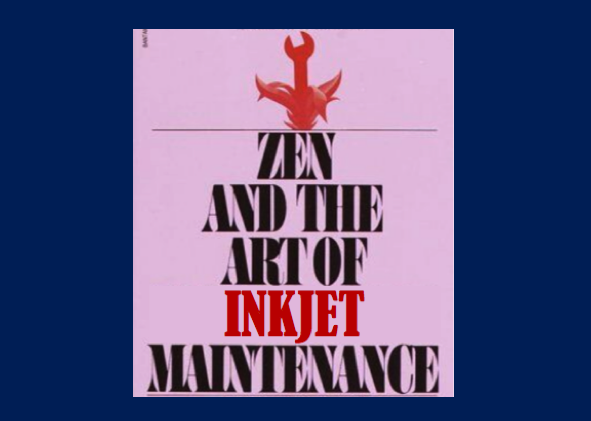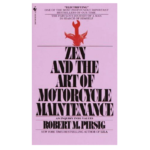
In the last article on maintenance, we talked about maintenance contracts, but they are not the only part of your maintenance world. In addition to understanding what is and is not included in your maintenance contract for each device, there are a range of questions involving your daily interaction with the press. Your mileage may vary depending on how you use your press and your requirements should change over time as you add work and perhaps even shifts to the press.
This time we are going to address operator responsibilities. At the end of this episode, you should have more questions to ask your vendors, some homework to do that involves looking at your contracts carefully, and more guidance on how to budget for the time needed to perform the essential maintenance.
Operator Responsibilities
Your shop may be a pure play digital shop or a hybrid shop that intends to maintain digital and analog print lines. You may also be transitioning from toner to inkjet or offset to inkjet. There are dozens of ways to integrate an inkjet press into your environment.
The execution becomes important as you determine who the operators will be. Are you retraining analog press operators? Perhaps you will be repurposing toner device operators? Are you hiring experienced inkjet press operators? Will you start from scratch and train a trade school graduate? These are important considerations. Many printers report that they have excellent experience training their analog press operators to become their inkjet press operators. They have a good eye for color quality and a good feel for color. Other printers say they have great experience training their toner device operators to handle their inkjet presses because they understand digital devices. Depending on how you decide to handle the requirement of putting an operator in front of your inkjet press, they will have maintenance responsibilities. The vendor will do initial training, and may even come back for updated training, but that training needs to be absorbed appropriately and maintenance schedules adhered to rigorously.
The preventative maintenance routines vary by manufacturer and device, but in general, there are cleaning routines that are essential to the health of the inkjet printhead. The most common path to poor print quality happens when print head nozzles become clogged causes the jets to stop firing as needed. The more the press runs, the less likely you will have print head nozzle problems. But, in the early days of living with the press, it is common for a press not to run full time. That means that ink can dry in the nozzles leading to quality problems. A rigorous program of head cleaning according to the manufacturer’s recommendations is essential to keep the press behaving well.
In many cases operators are also charged with simple routine maintenance that includes replacing print heads, adjusting mechanisms and replacing worn parts. Manny hardware manufacturers have developed videos and other learning tools that assist operators in making the right decisions. They may be online or accessible through their support websites. When these types of learning systems are available, they should be mandatory viewing for the operators and their supervisors.
The final area may seem trivial but it makes a big difference.
Maintenance includes keeping the machine clean. Not just the print heads, but the entire machine. The inside and the outside. Most maintenance protocols include dusting, wiping and vacuuming the interior of the press. The reason this is critical is the dust that emanates from paper in motion. Microscopic paper dust particles start moving around the machine and gather at the point of moving liquid, so interior care is as critical as the print head cleaning.
The obvious question that arises is how much time a production planner should allow for maintenance in the daily schedule. The answer “It depends,” is never welcome, but the first, best guide will be your vendor. Use that as a baseline, but not a bible. Remember that if you are running jobs on uncoated paper or running jobs with heavy coverage, a PM routine before the next print job is warranted. Not running the press constantly? Clean the machine when you shut it down, but re-clean when you start it up.
We still have a list of questions to work through, so come back next time! Remember, there are a million questions in inkjet city! Have questions? Ping me on LinkedIn or drop a note to pcm@mcgrewgroup.com.

*Note: Zen and The Art of Motorcycle Maintenance is a a book by New York Times bestselling author, Robert M. Pirsig.

